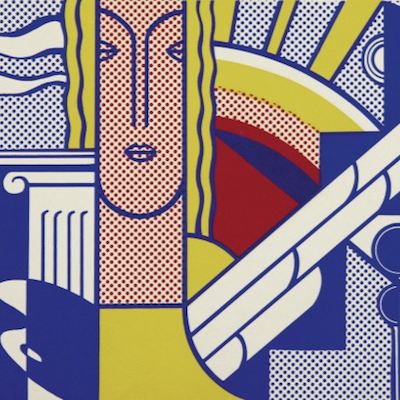
Details
Artist
Styles
// Red by Wang Huai-Qing, a limited edition etching from 2008 in an edition of 60, is a striking, large-scale abstract composition divided into multiple horizontal panels. Dominated by vibrant red hues, the piece features bold black shapes and angular forms cutting across the panels, creating a sense of dynamic movement and tension. The texture and layered colors give depth to the work, while the division into sections adds rhythm and fragmentation, compelling the viewer to engage with each part individually as well as in relation to the whole. This fragmented presentation reflects Wang’s exploration of balance, structure, and the deconstruction of space, inviting contemplation of the interplay between order and chaos within an abstract framework.
Red , 2008
form
Medium
Size
175 x 98.5 cm
- Inches
- Centimeters
Edition
Price
Details
Artist
Styles
// Red by Wang Huai-Qing, a limited edition etching from 2008 in an edition of 60, is a striking, large-scale abstract composition divided into multiple horizontal panels. Dominated by vibrant red hues, the piece features bold black shapes and angular forms cutting across the panels, creating a sense of dynamic movement and tension. The texture and layered colors give depth to the work, while the division into sections adds rhythm and fragmentation, compelling the viewer to engage with each part individually as well as in relation to the whole. This fragmented presentation reflects Wang’s exploration of balance, structure, and the deconstruction of space, inviting contemplation of the interplay between order and chaos within an abstract framework.
- Recently Added
- Price (low-high )
- Price (high-low )
- Year (low-high )
- Year (high-low )
What is late modernism?
Late Modernism refers to the continuation and evolution of Modernist principles in art, architecture, and literature from the mid-20th century into the late 20th century. This movement maintains a focus on form, abstraction, and the rejection of traditional styles, but it often incorporates more complexity and ambiguity compared to early Modernism. Late Modernism explores themes such as alienation, identity, and the fragmentation of reality, reflecting the social and cultural shifts of the post-war period. It is seen in the works of architects like Louis Kahn and artists like Francis Bacon, who pushed the boundaries of Modernism while responding to the changing world around them.























